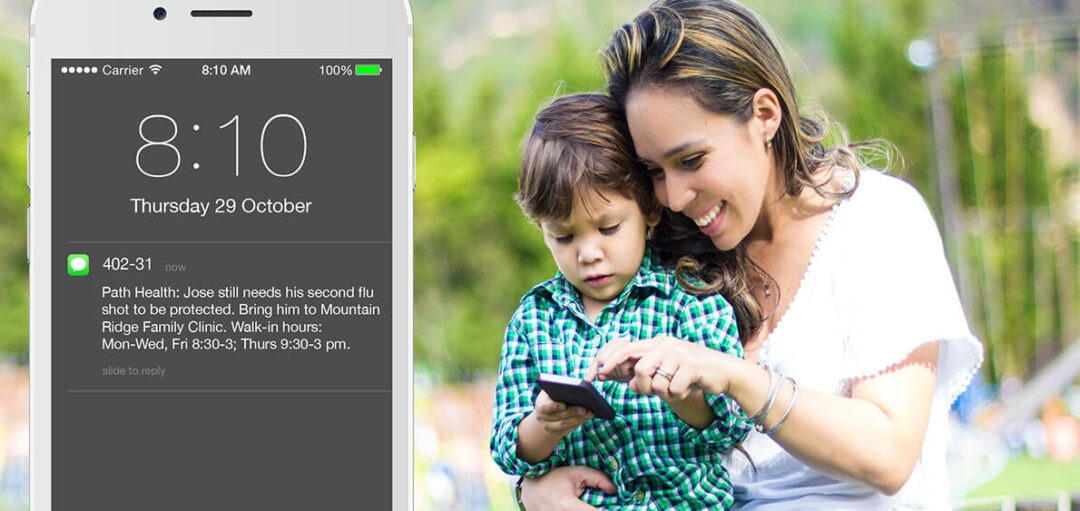Interactive Text Messages Engage and Activate Medicaid Members, Research Finds

New study from mPulse, in partnership with Inland Empire Health Plan (IEHP), suggests positive link between two-way text messages, improved health activation, and cost savings Los Angeles, Calif. (July 6, 2016) – Interactive and tailored text messages are successful in improving member knowledge of plan offerings, and promoting self-activation among Medicaid members, according to study […]
Healthcare Apps: The Good, The Bad, The Ugly

It is hard to imagine a week going by without hearing about a new app in the healthcare industry. It makes sense, though. As mobile devices become more sophisticated and better protected (was anyone else’s mind blown when Apple launched fingerprint technology?), consumers feel safer using them for important activities and sharing private information. The […]

